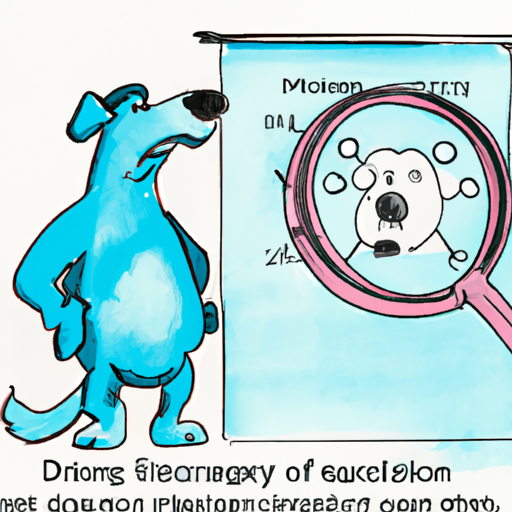Urinary tract infections (UTIs) are a common health issue in dogs, with male dogs being no exception. Understanding the causes can help you prevent these uncomfortable and potentially dangerous infections in your furry friend.
H2: Understanding UTIs in Dogs
Urinary tract infections occur when bacteria enter the urinary tract and multiply. These infections can occur in any part of the urinary system, including the kidneys, bladder, ureters, and urethra. UTIs can cause a range of unpleasant symptoms, from frequent urination to discomfort and even blood in the urine.
In dogs, UTIs are often caused by bacteria that enter the urinary tract through the urethra. This can happen for a variety of reasons, such as a weakened immune system, stress, or exposure to contaminated surfaces.
H2: Causes of UTIs in Male Dogs
There are several factors that can increase a male dog’s risk of developing a UTI:
- Age: Older dogs are more likely to get UTIs due to a weakened immune system and other age-related health issues.
- Medical conditions: Diseases that compromise the immune system, such as diabetes or Cushing’s disease, can increase the risk of UTIs.
- Prostate problems: Male dogs with enlarged prostates have a higher risk of UTIs.
- Stress: Stress can weaken the immune system, making dogs more susceptible to infections.
H2: Preventing UTIs in Male Dogs
Preventing UTIs in your male dog involves maintaining his overall health and hygiene. Here are some strategies you should consider:
- Provide plenty of fresh, clean water to keep your dog hydrated and his urinary system flushed.
- Regular exercise helps maintain a healthy weight and reduce stress.
- Feed your dog a balanced diet to support his immune system.
- Regular vet check-ups can help detect and treat any potential health issues early.
| Preventive Measures | Why It’s Important |
|---|---|
| Hydration | Keeps the urinary system flushed |
| Exercise | Maintains a healthy weight and reduces stress |
| Balanced Diet | Supports the immune system |
| Vet Check-ups | Early detection and treatment of potential health issues |
H2: Treating UTIs in Male Dogs
If you suspect your dog has a UTI, it’s important to seek veterinary care immediately. The vet will likely perform a urinalysis to confirm the infection and prescribe antibiotics to treat it. It’s crucial to follow the vet’s instructions and complete the full course of antibiotics, even if your dog seems to be feeling better.
H2: Frequently Asked Questions
Q1: Can UTIs in dogs be prevented?
A1: While it’s not always possible to prevent UTIs completely, maintaining your dog’s health and hygiene can significantly reduce the risk.
Q2: Can UTIs in dogs be serious?
A2: If left untreated, UTIs can lead to serious complications, such as kidney infections or bladder stones.
Q3: How long does it take for a UTI to clear up in dogs?
A3: With proper treatment, most UTIs in dogs clear up within 10-14 days.
Q4: Can a dog pass a UTI to humans?
A4: While it’s rare, it is technically possible for a dog to pass a UTI to a human. Always practice good hygiene when handling a dog with a UTI.
Whether you’re a seasoned pet parent or new to the game, understanding the causes and prevention of UTIs in male dogs can help keep your canine companion happy and healthy.



